Making the Grade: The Imperative for a Secure Cloud-First Approach to e-Learning
 Anurag Lal, President and CEO of Infinite Convergence.
Anurag Lal, President and CEO of Infinite Convergence.
COVID-19 has unfortunately been the ultimate disruptor in every sector across the globe. This is particularly true in the educational sector. The pandemic’s profound impact on education encompasses unprecedented temporary school closures and a massive shift to e-learning. School districts are now looking to technology to support remote learning at scale. To achieve this, educational institutions should adopt a secure cloud-first approach to digital learning that provides a scalable, accessible way to deliver education.
It is estimated that the pandemic forced 1.2 billion students out of the classroom this year. With the seismic shift to e-learning schools and universities need technology that can handle the workload. Cloud platforms can help educational institutions scale more quickly, reduce disruptions and ensure the continuity of education.
Cloud technology is also accessible, designed to support mobile, real-time access to course content, lectures, class assignments, and more, allowing students and teachers to connect and collaborate wherever they are.
These benefits as well as the reliability and flexibility of cloud technology are spurring the adoption of this technology by K-12 school districts and universities to deliver e-learning. In fact, the cloud computing in education market size is projected to grow from $8.13 billion to $25.36 billion by 2021.
As schools consider cloud-based e-learning solutions to deploy full-time remote instruction or a hybrid of in-person and virtual learning, they will need to look for solutions with tight administrative controls that can handle the security, safety, and compliance challenges that come with remote learning.
Addressing these challenges will always be critical for educational institutions but is especially critical as cyberattacks and threats continue to escalate in the COVID-19 environment. In an April 2020 public service announcement, the FBI warned that cyber actors will exploit increased use of virtual environments and noted that in late 2017, cyber actors exploited school information technology (IT) systems by hacking into multiple school district servers across the United States, accessing student contact information, education plans, homework assignments, medical records, and counselor reports.
A K-12 Cybersecurity Resource Center Cyber Incident Map shows how vulnerable schools are to cybersecurity-related incidents, revealing that there have been 1,062 cybersecurity-related incidents in schools since 2016. These incidents include unauthorized disclosures, breaches or hacks resulting in the disclosure of personal data, ransomware attacks, phishing attacks, denial-of-service attacks, and other cyber incidents resulting in school disruptions and unauthorized disclosures.
As school districts and universities look to digital tools for e-learning communication, collaboration and connection, they will need to adopt a reliable, secure cloud-enabled platform that protects students and ensures full IT control. NetSfere is a cloud-based messaging platform that delivers instantaneous, contextual, seamless communication and collaboration for administrators, teachers and students without compromising security and compliance requirements.
The solution is elementary, contact NetSfere today.





